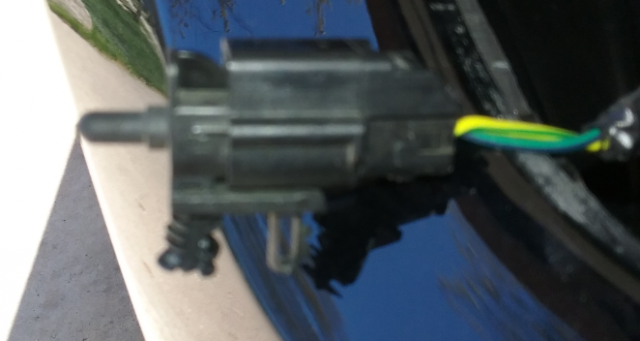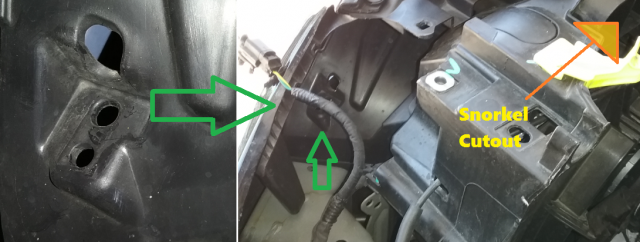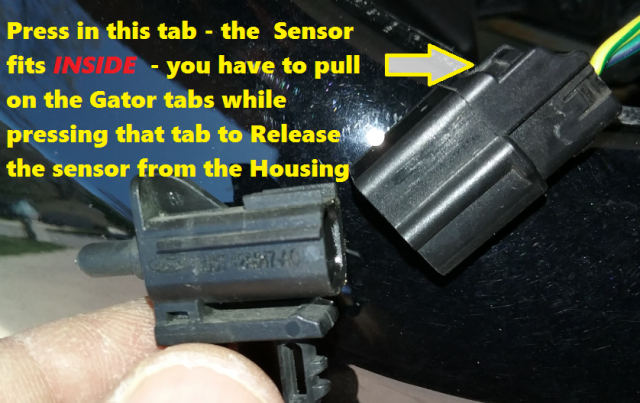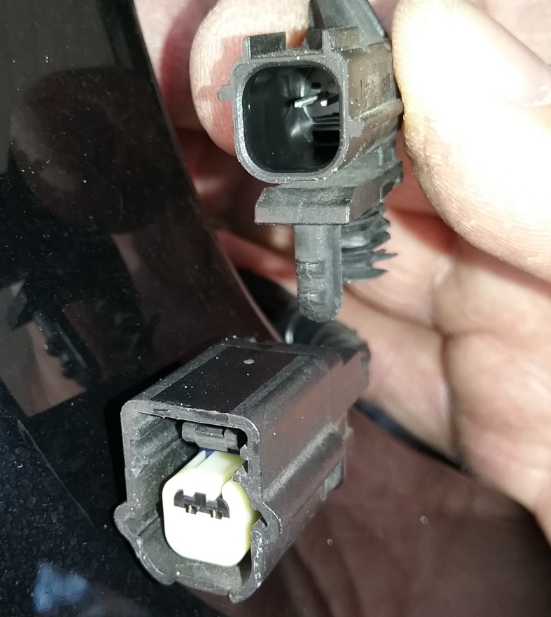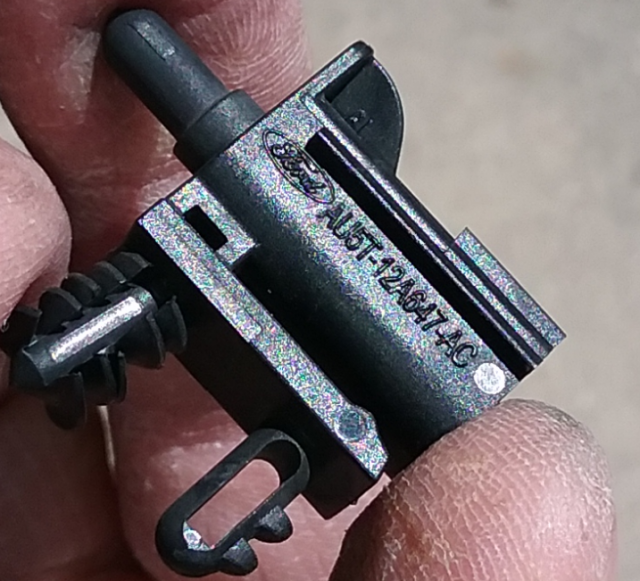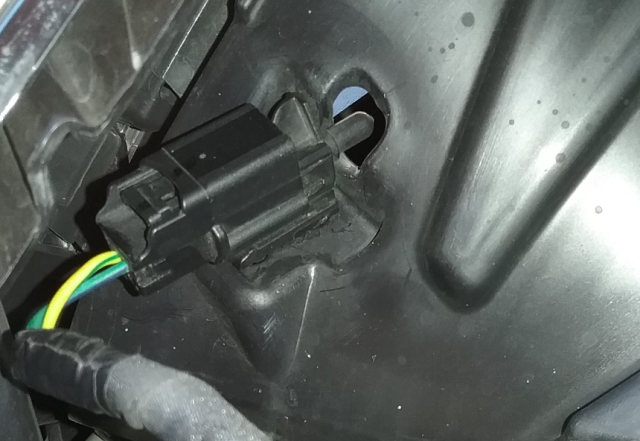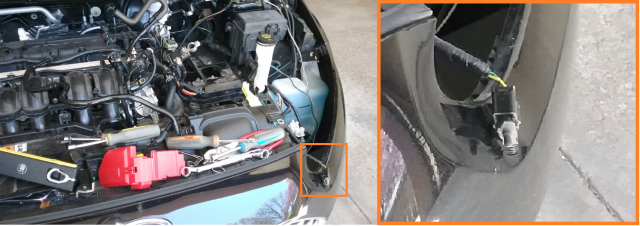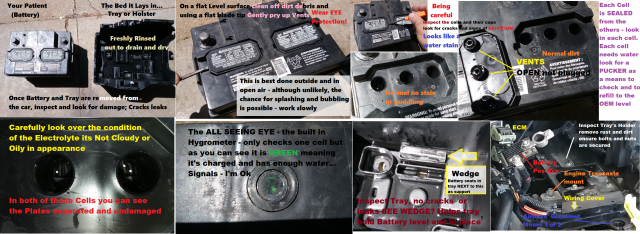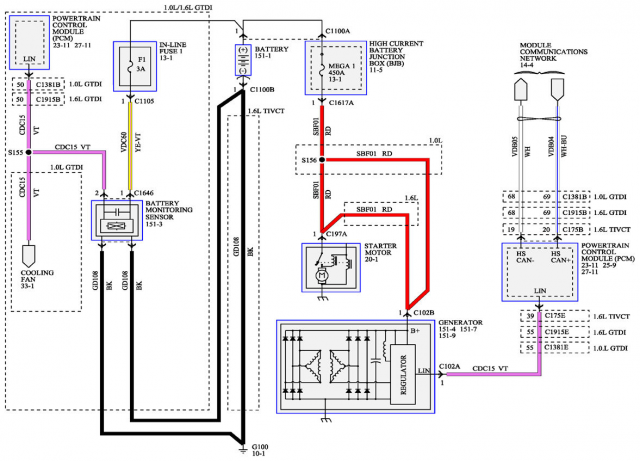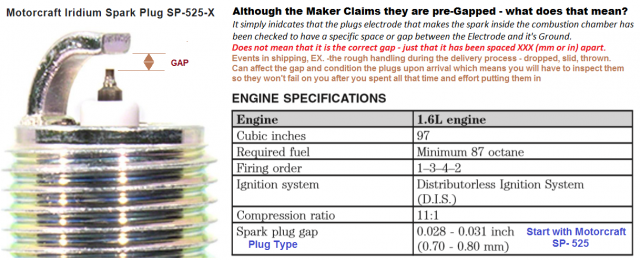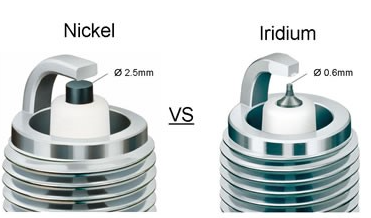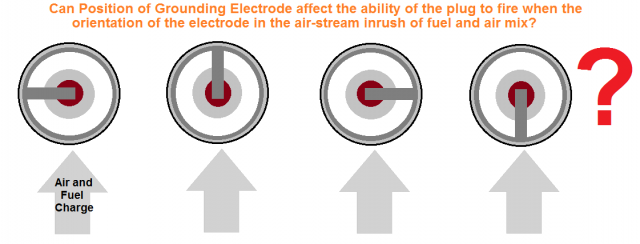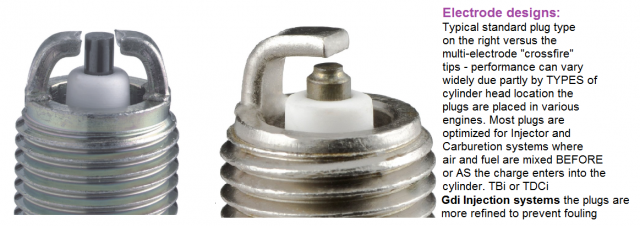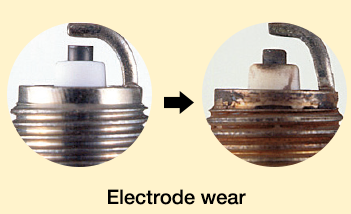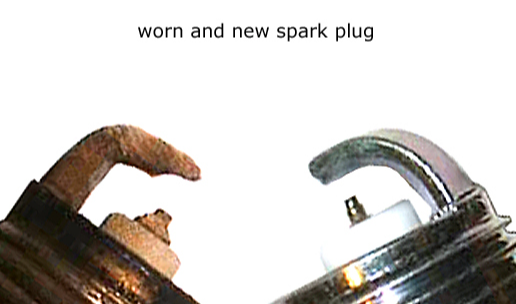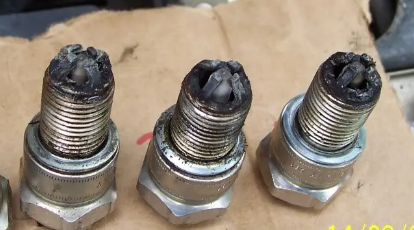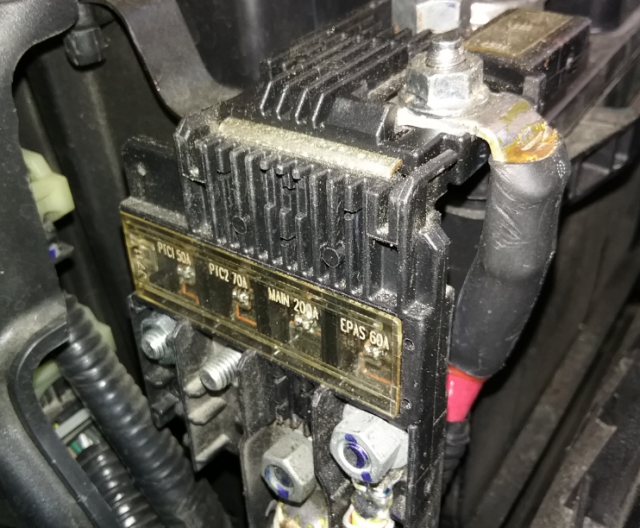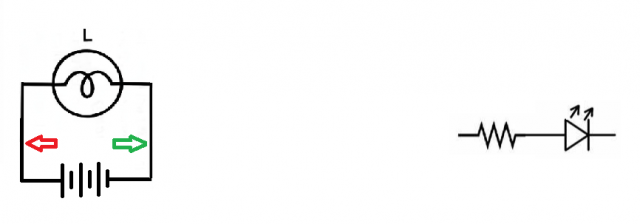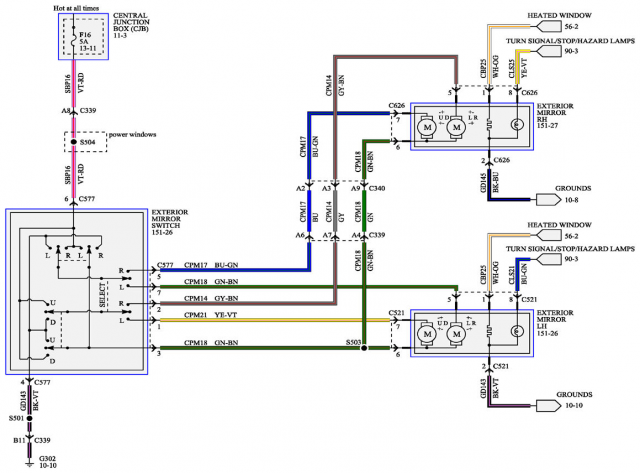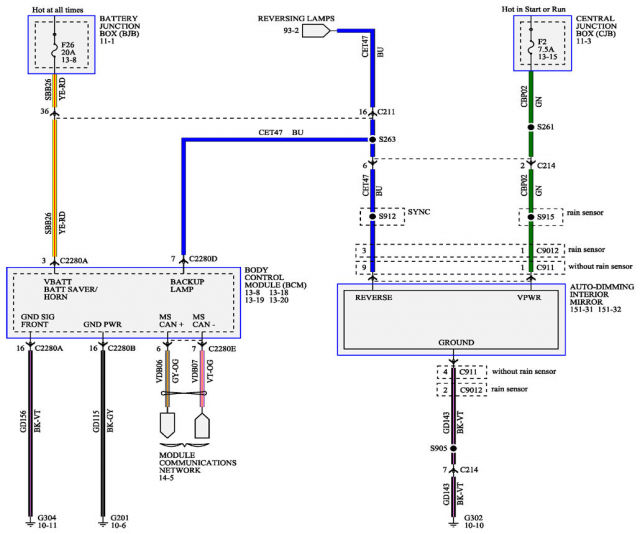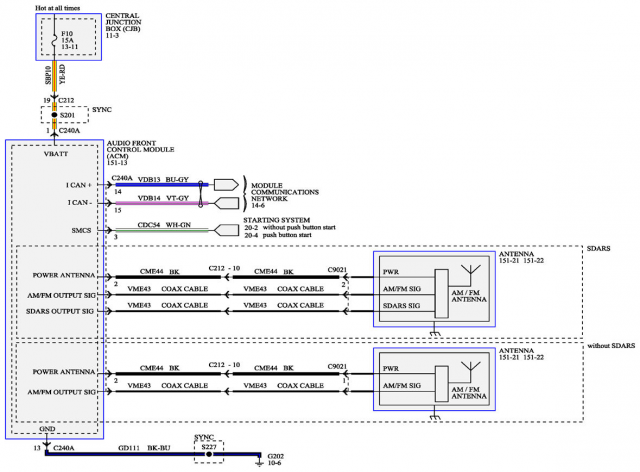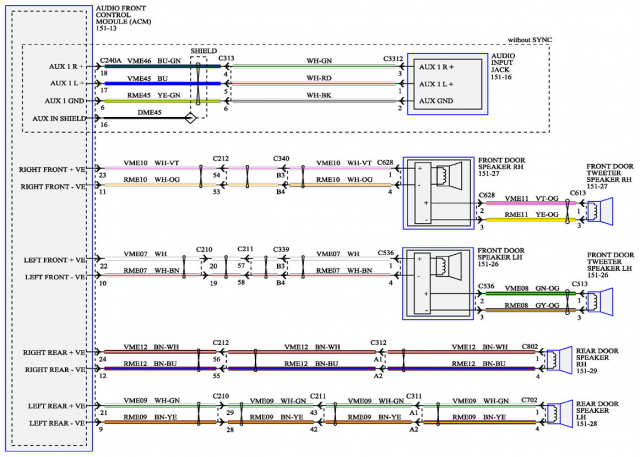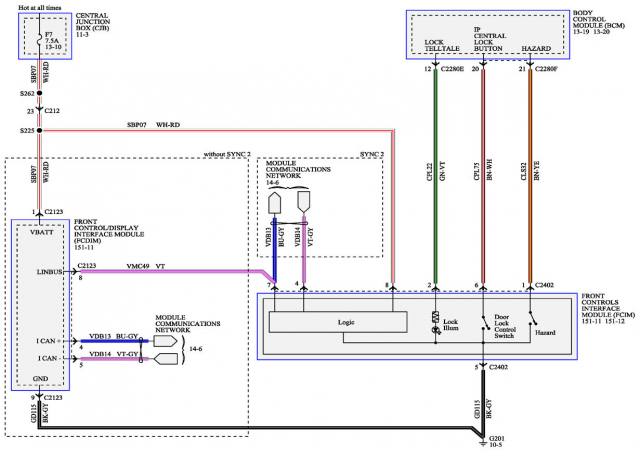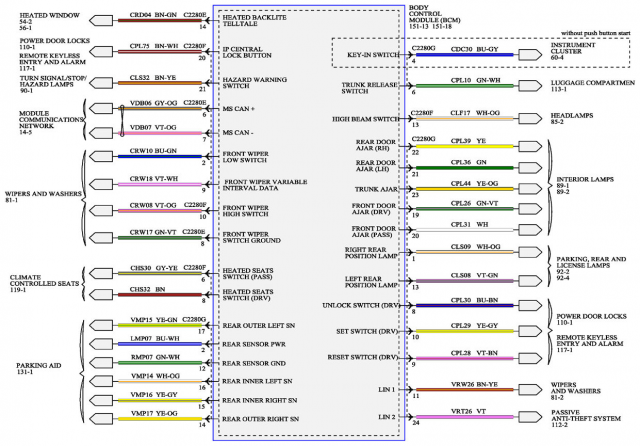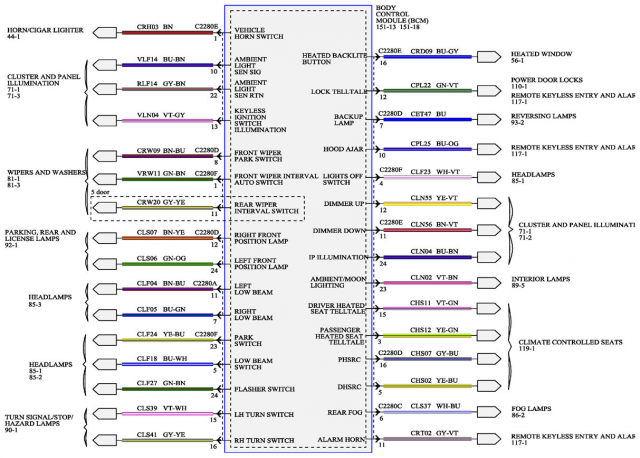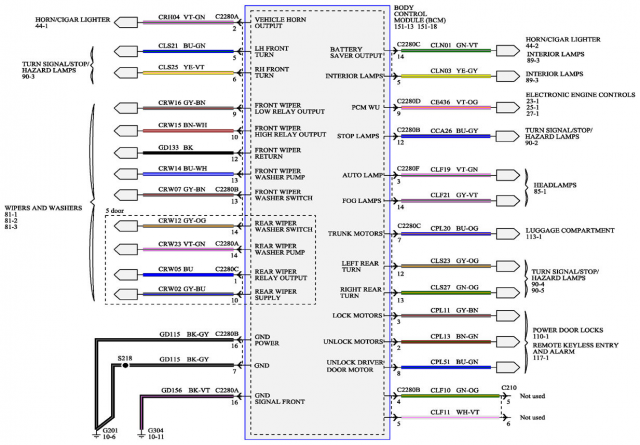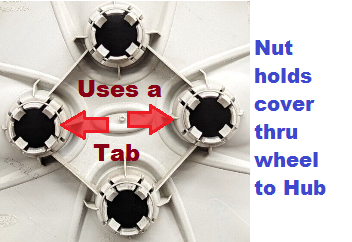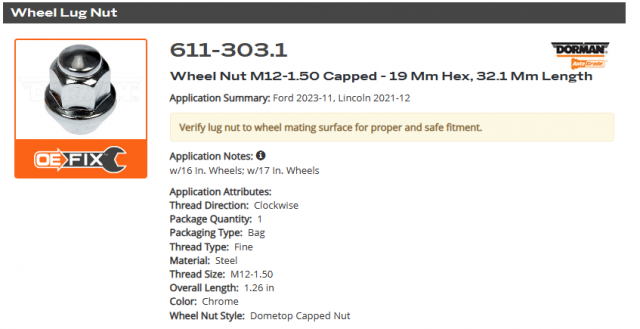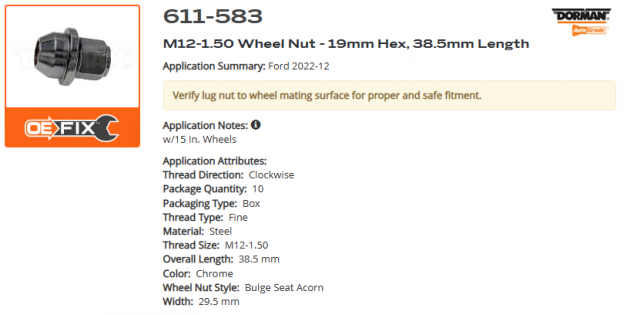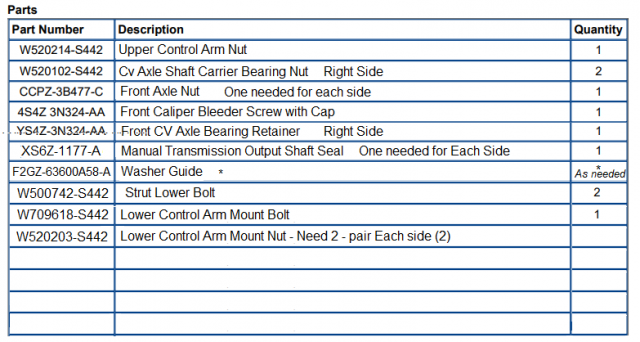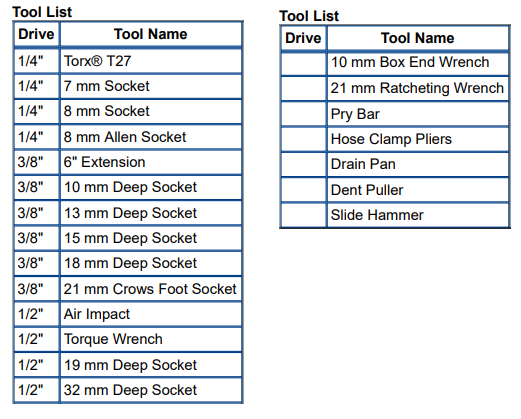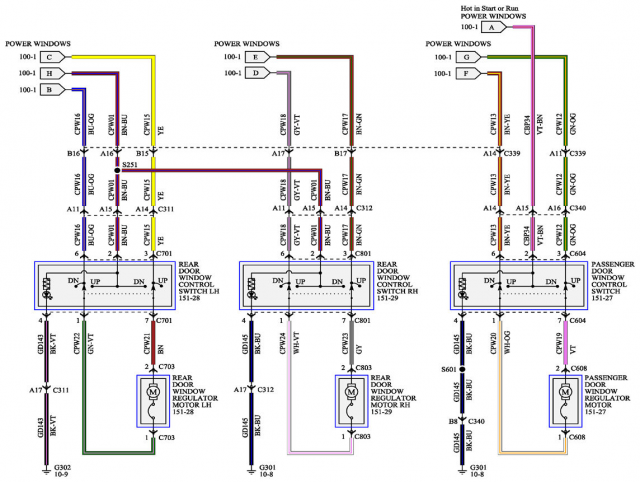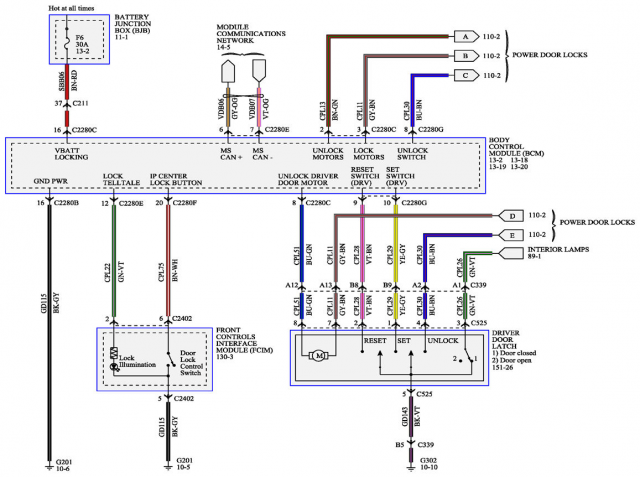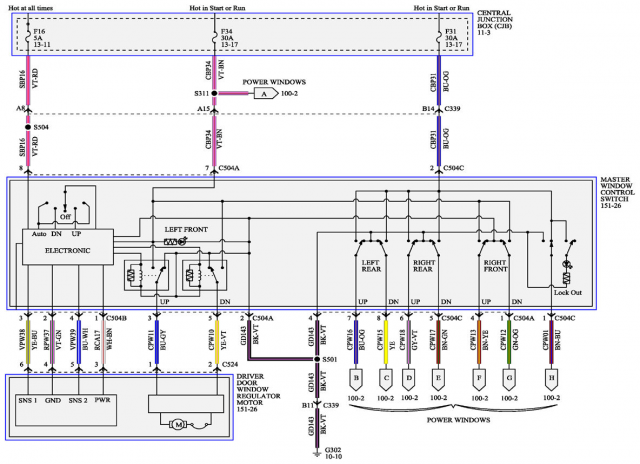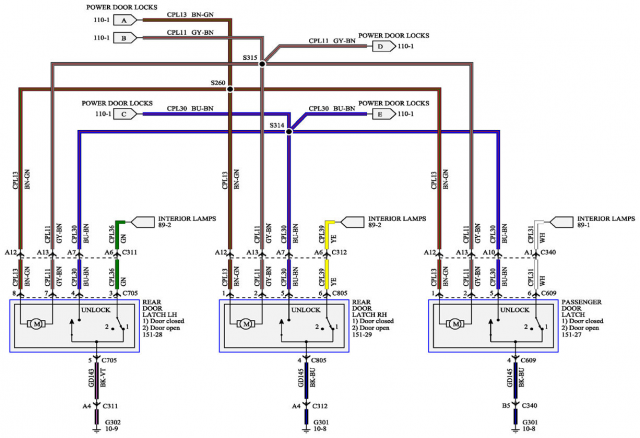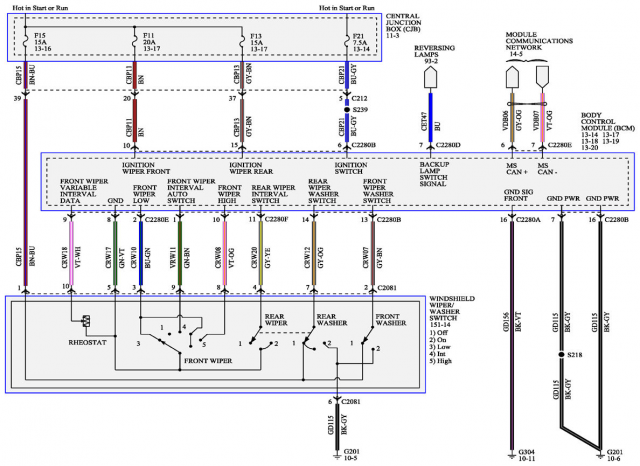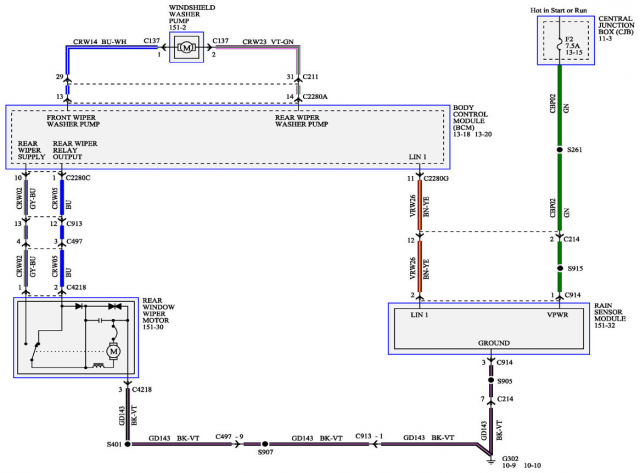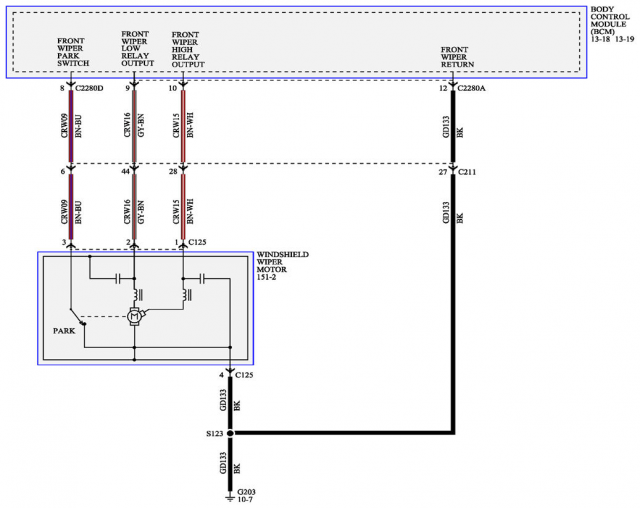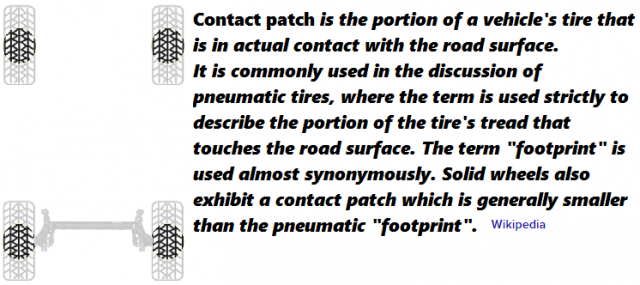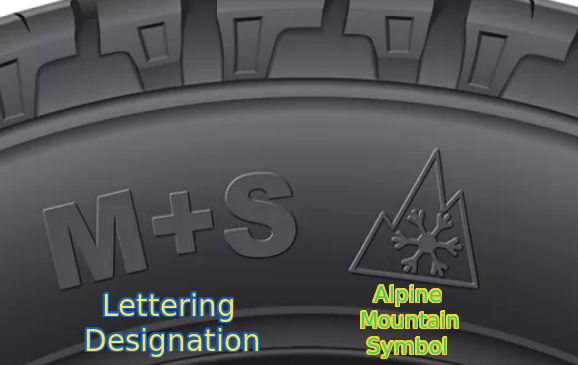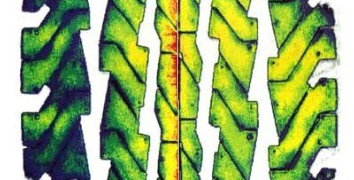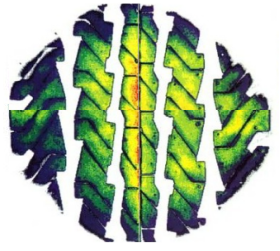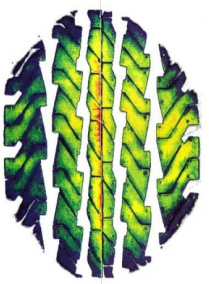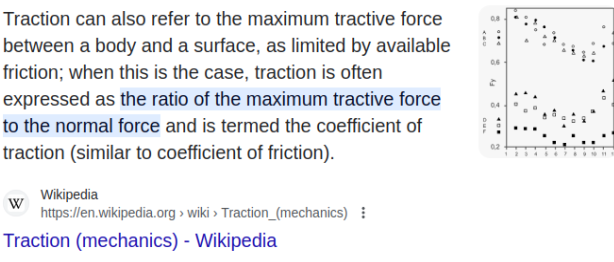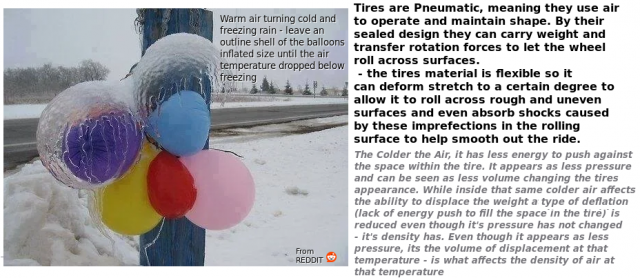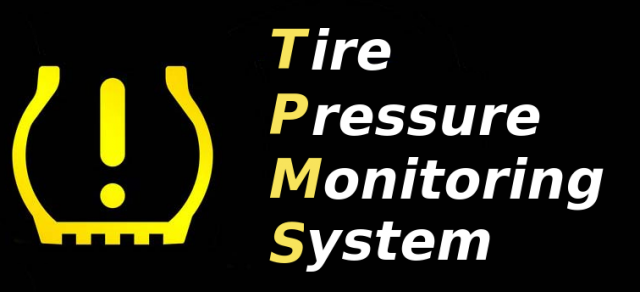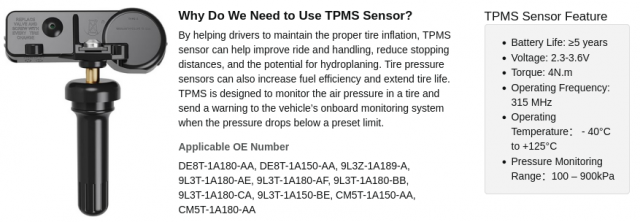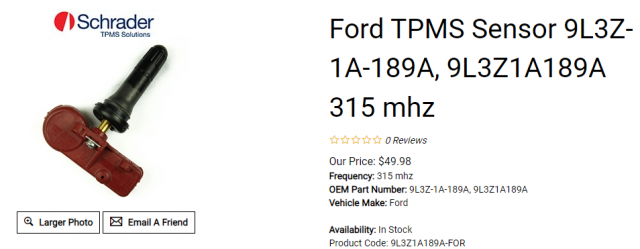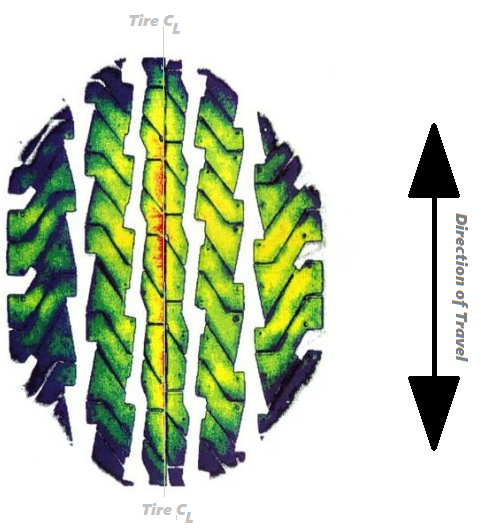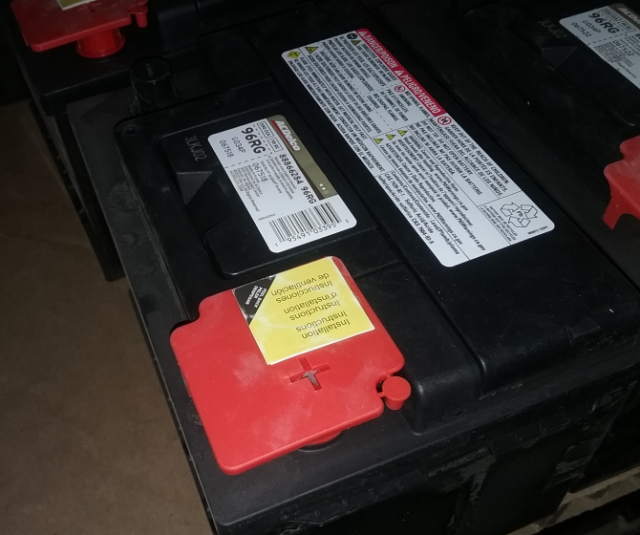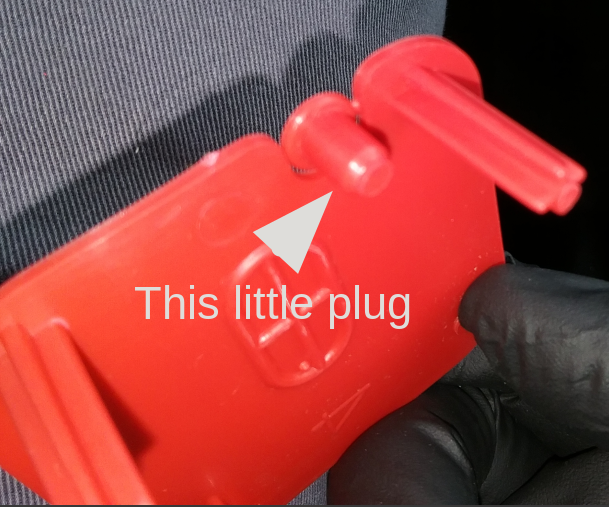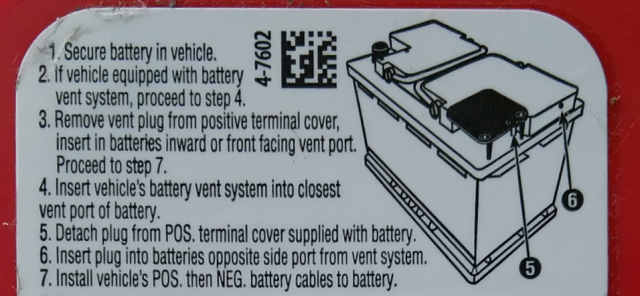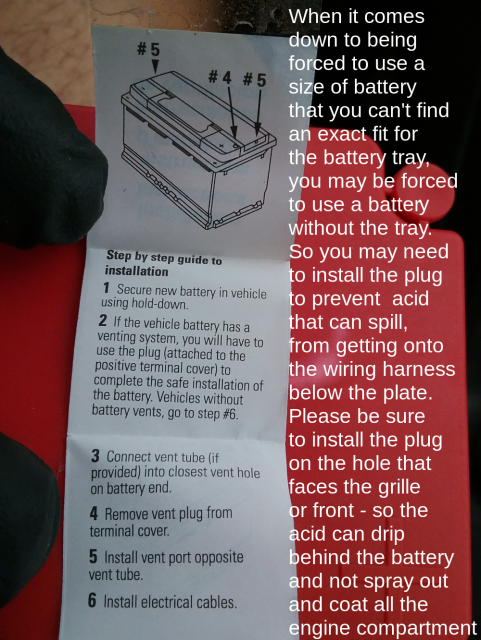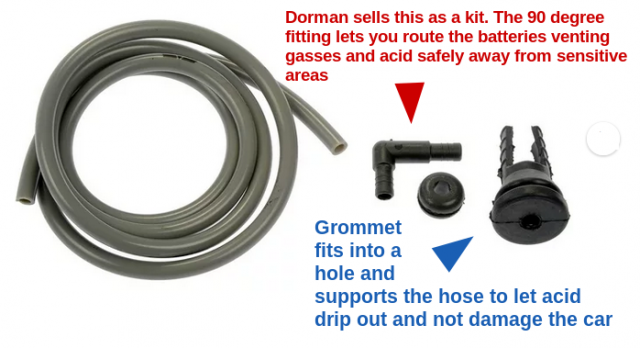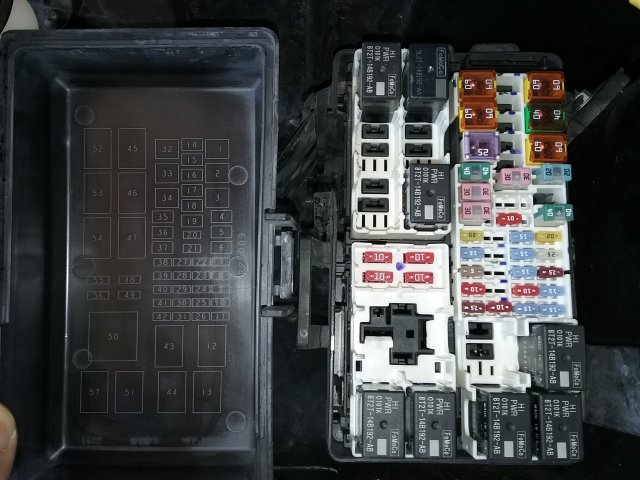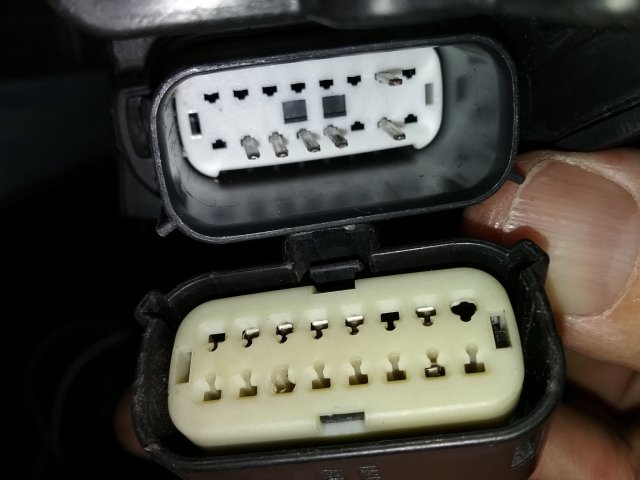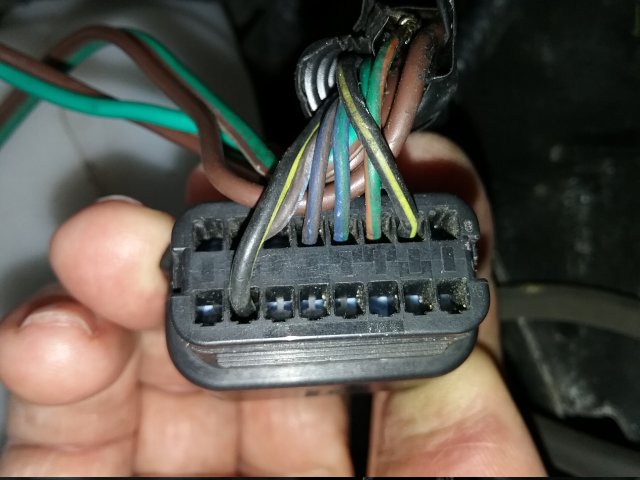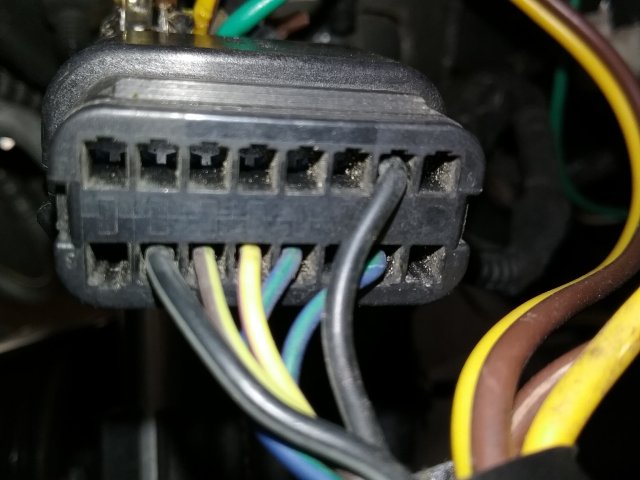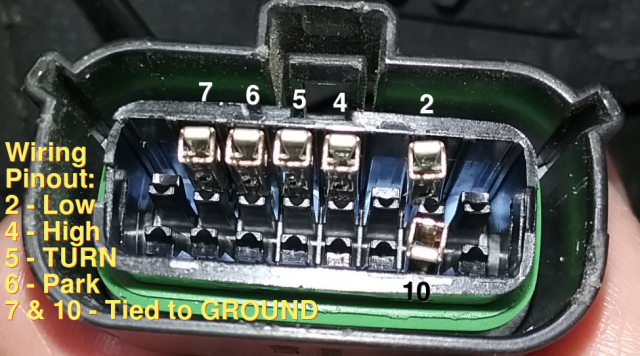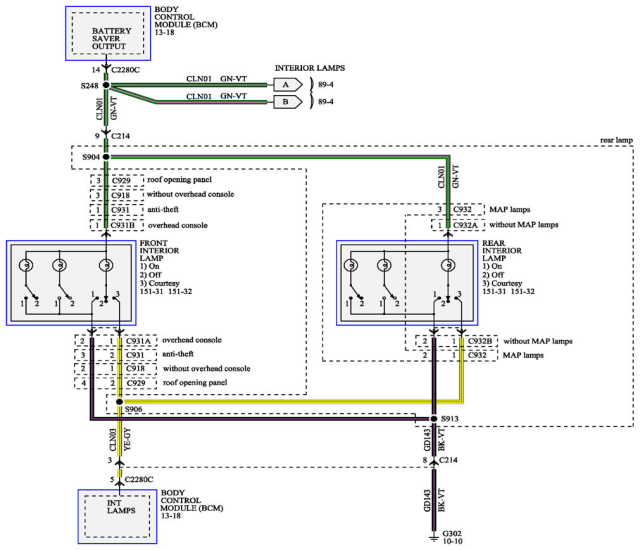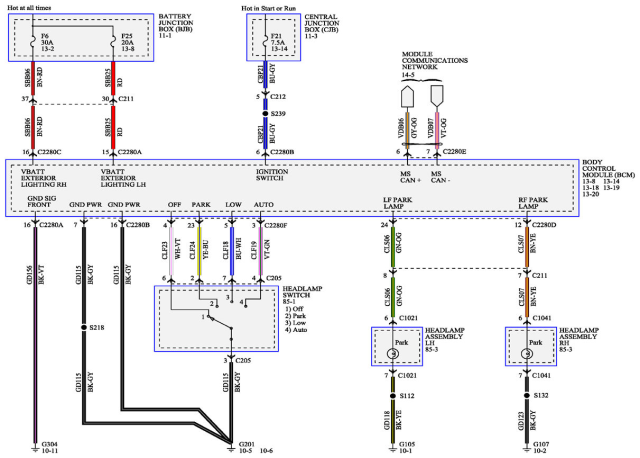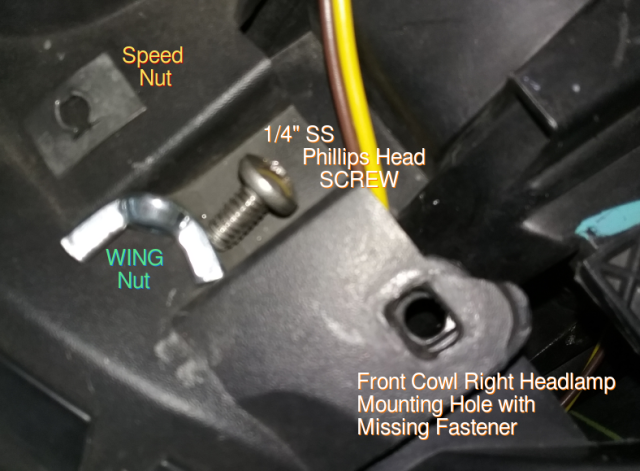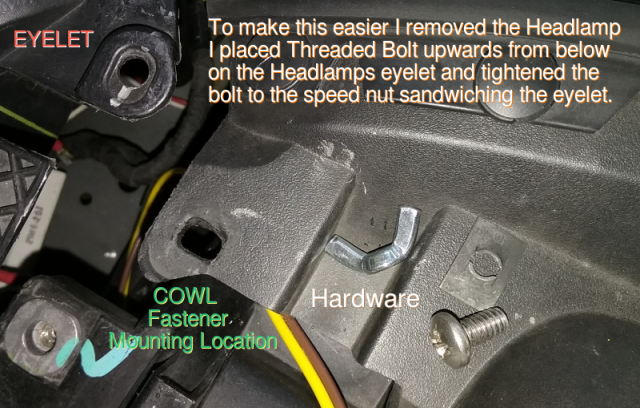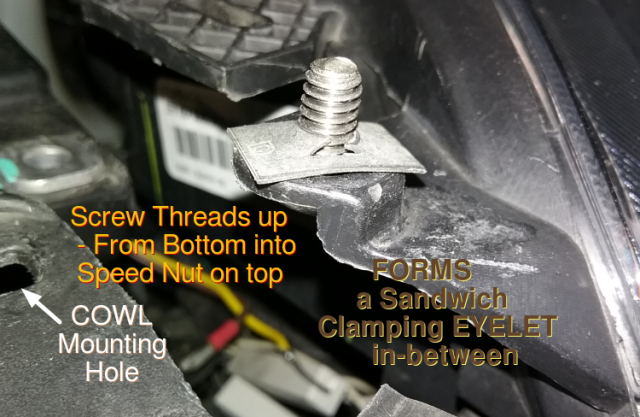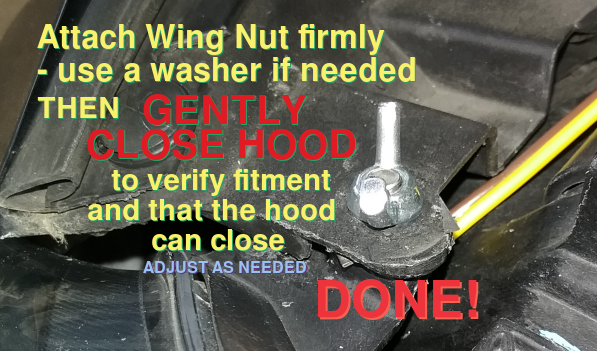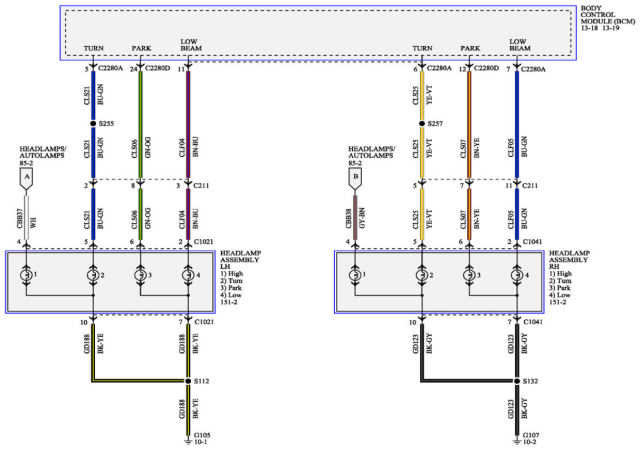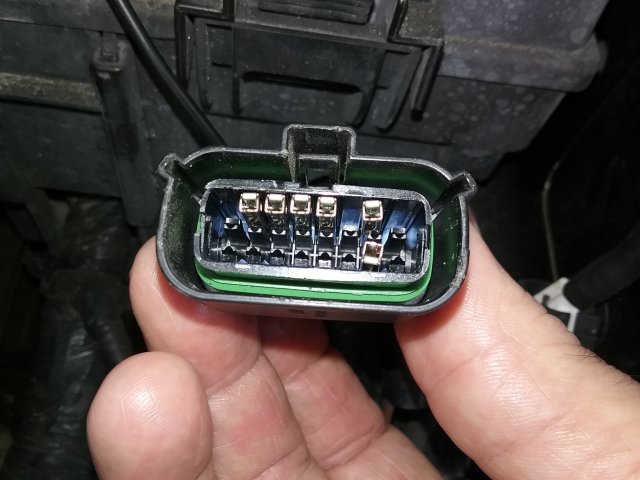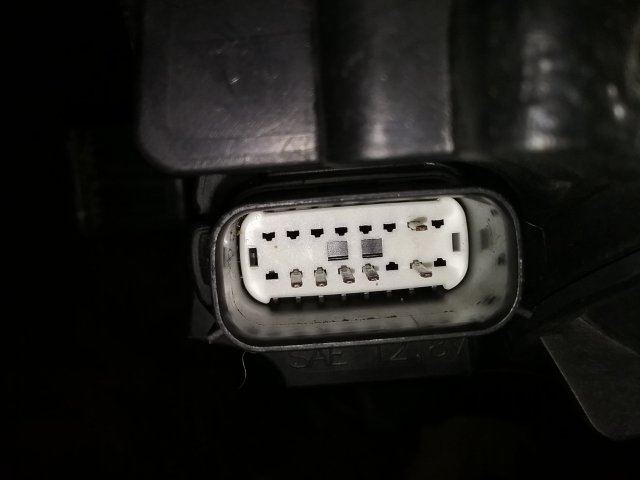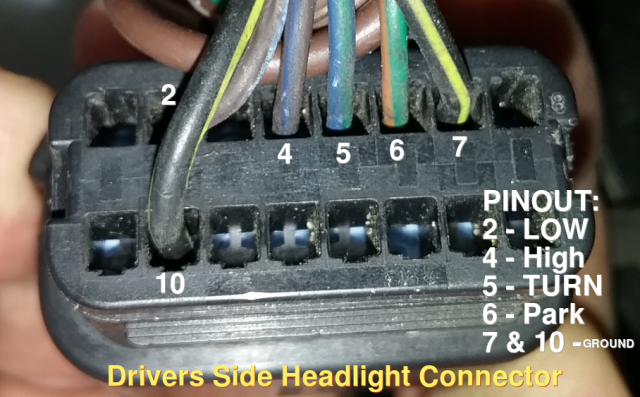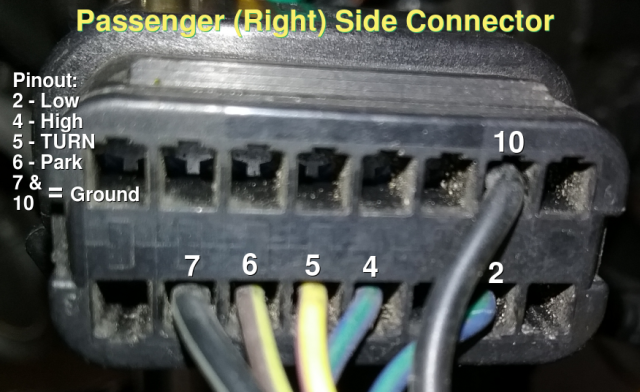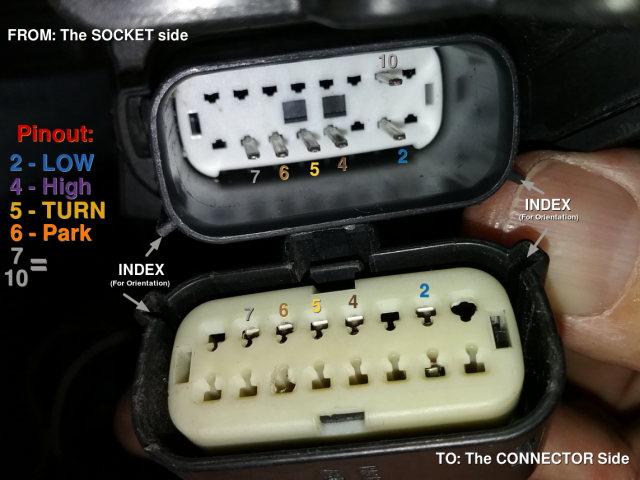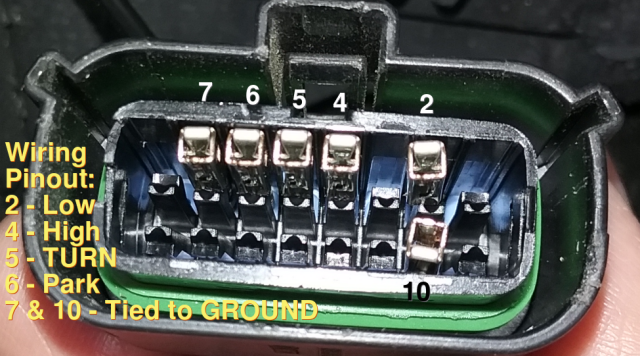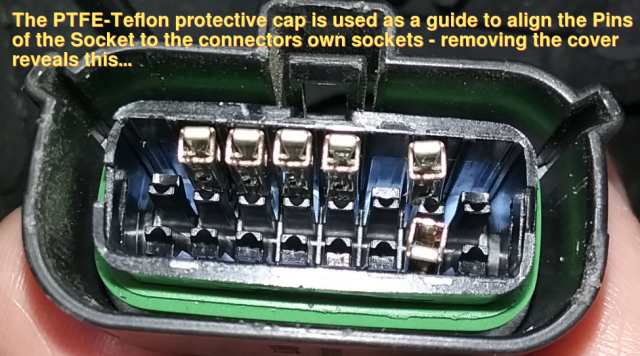#Tire Size
Tire and Placard, Rim Size and Type - and other Nomenclature...

Those whom own a Fiesta in the USA have these stickers in the Drivers side Pillar and Door Frame,
The things you need to pay attention to are highlighted...
The sticker on the left...

Rims are 16 in DIAMETER x 6.5 inches WIDE using J offset
(referring to) the rim goes under (or over) the hub
- tire tucks under and aligns to and with the steering axis and knuckle
The sticker on the right...you don't need as much info - just the load weight that is EXTRA - because it will affect the ability of the Tire to handle the weight - be it constant (typical load) or the rated capacity (extra or Heavy Duty cycle)
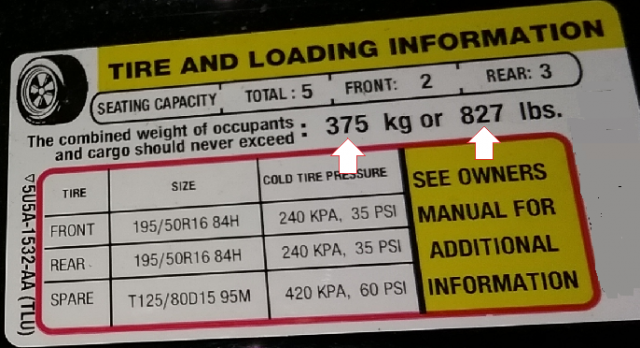
Arrows show that extra weight - the Gross Vehicle Weight Rating (GVWR) will include
- the weight of the vehicle without it's occupants (empty)
- and expected MAXIMUM weight of added load - being passengers and cargo
- The also list the maximum weight per AXLE (FR = Front) (RR = Rear)
- This is to help you understand some of the numbers and how Tires and Rims you got for your vehicle affect your performance and in some instances - your replacement tire size you might be forced to use and to replace damaged Rims you may not be able to find replacements for - which between those two options - you'll need the above information to help you help the dealer, and/or service department - move forward in fixing your vehicle.
First, Know your Tire type and Size...
Most tires are standard sizes - meaning that; what sells and purchased most often, are based upon the choices from Automakers and the types of tires they want to sell their vehicle with - that becomes the "standard" that the tire Manufacturer makes.

- - so when you see sale flyers on various tires, look at your placard for tire size when you shop, because the Tire dealers SALE prices might be for their Odd-ball sizing that are for vehicles and rims for them, that are no longer made.
- A big hint here - take a look at your older vehicle tires - the ones you were stuck with when you bought a vehicle from an earlier model year - ever notice the RIMS diameter? In the past 10 years Automakers have gone from a 13" or 14" tire using a 195/70 to 185/80 series tire - to Rims of larger diameter using tires with less and less sidewall.
- That ratio of Sidewall (your series and sidewall ratio) the number represents the height the rim is from the road - and as that number gets smaller - so does the ability of the tire to handle impacts and road debris without damaging the rim bead to tire bead seal.
- Granted they did do this for improvements to handling but there is a cost factor of the Tire needs to handle weight, load and survive the rougher roads that larger sidewall tires of just a decade ago, handled with ease and offered a smoother ride.
- Vehicle models change and so does the requirements the tread designs and lifespans of the OEM tire choice, that forces modifications to that tire. That then forces the Tire Manufacturer to update the tire and tread to a new standard which can also force changes to the OEM tire size the Automaker committed to during the Vehicles years of production.
One thing I cannot stress enough is...
Please Do Not Try to Change the Geometry of the Vehicle by Changing Rim and Tire Size without reviewing the HISTORY and What other impacts these changes you want to have done, will have on the Performance and Handling of your car...
History? Yes, what did the former years of this vehicle use in tire and sizes? The most popular sizes - again - are considered the base for what the Automakers decided to use for their cars - those sizes are also following choices in Output Gearing of the Transmission as well as the Wheel Offsets used per that gearing - as the vehicle was made thru those years - they made changes to improve the handling and increase safety.
IT does not mean you can't go back, you can - but you might not like using what was available during those years. Mostly due to the tread designs and lifespan of the tires - the Rims were "set" during the testing they performed on the vehicle before they introduced the car to be sold - they had to make sure the vehicle was safe and effective - let alone efficient - to drive. .
Tire size, in both width and diameter (perimeter or circumference) affect Roll resistance, Alignment accuracy or error and the Output gearing ratio of the transmission (Feet of Torque available)
Secondary effects of such a change can also affect the ability of the car to handle the weight loading the above placards state.
IF you use a Tire even of the right size - can it properly handle the LOAD RATING the vehicle is rated for?
This is a salvaged pic of my older tires (Optimo).
The size was 195/50/R16 - Spoke rims
The arrow points to the Sidewall of the older tires load rating
That being 500kg, or approx 1021lbs.

A tire, even of correct size, might not be able to hold up the weight of the axle with the cars' own weight bearing down on it. The car may be empty but does the tire meet that Weight Load standard? If it can't or barely does, get rid of that tire type - use a tire with proper load limit rating - slightly above is better than being BELOW the originals standard weight load rating.
How do you know what that "Standard load" is?
Look on the Tire - it has it embossed on the sidewall - in both kg and lbs - like shown above or here...
This is the newer set on Steel rims (BF Goodrich Control Advantage)
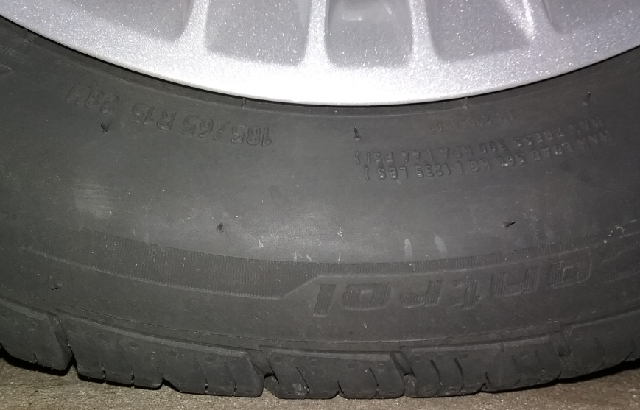
A closer look...
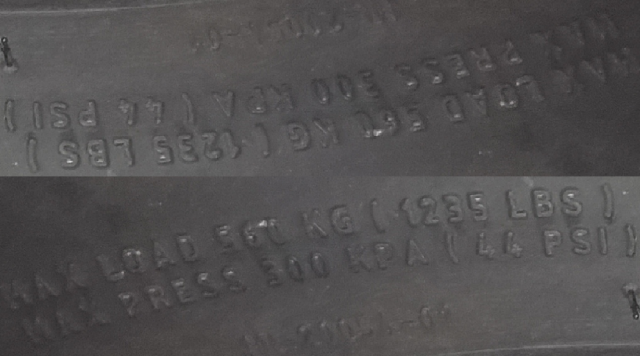
These are from a Tire Size of 185/65/R15
I see 560kg or 1235lbs.
And a pressure rating of 44PSI max for inflation.
Ok, the fuss is for you to know how to find that load rating - and use a rating that is as much as (equal to) or greater than, that - of your original tire load ratings.
This is a factor of safety and performance - refer back to the placards photo of mine.
Remember you were dealing with a makers original design - and even though the LOAD rating for the axles is 1850lbs. Front and 1800lbs Rear - they divide this by two for each axle per side - so you can see the above OEM (Optimo) tire was higher than the stated if you had loaded and divided the weight equally - you still have load shift and sway as a factor - so they did provide some factor of safety in figuring this out.
The newer tires I currently use are (Relatively) larger in size, but are for a different Rim size - so the Circumference (perimeter) and diameter are similar to OEM - but by doing the larger sidewall change and using a smaller rim size, not just by type of Rim, but by its design in size and width, also includes both Rim Width to Tire Width and Perimeter or Circumference - gives me a better ride and I also was given a flexibility to use a set of Tires that have a larger factor of load limit safety in doing so.
- Remember too, it helps to know the past History of the vehicle - it's options and the looks - what they used back then were for a type of enthusiast - the needs of the enthusiast have changed thru the years, so the maker tries to cater to them to keep the car in production.
- So look back in the history of the vehicle for the wheels, the trim - any tire options - they can help in providing more choices to fit a tire and improve the ride and performance to your needs.
Another issue is of the alignment and position of the tire in respect to the pivot point (front-steering) and roll accuracy of the rear solid axle as a change of thrust angle.
- As you go wider in Tire size, other considerations come into play here. One mostly of fitting the tire into the wheel-well without rubbing the tire against the trim or the inner fender well.
- Another is the Rim - if your decide to change the Rim - remember too that the type of tire needs to fit on the type of Rim you are thinking of using - let alone the fitment to the fender and wheel-well.
- In Selections of Rims, there are options like Size (Diameter) Width and Offset.
- Along with Bolt pattern and Hub Cutout diameter (Centerbore diameter)
- Ford Fiesta uses the Centerbore as part of the Fitment and Hub loading so the Centerbore diameter is 62.5 ~ 63mm diameter or 2.5 inches.
- It is a requirement Ford uses to fit the Rim and keep it centered onto the Hub.
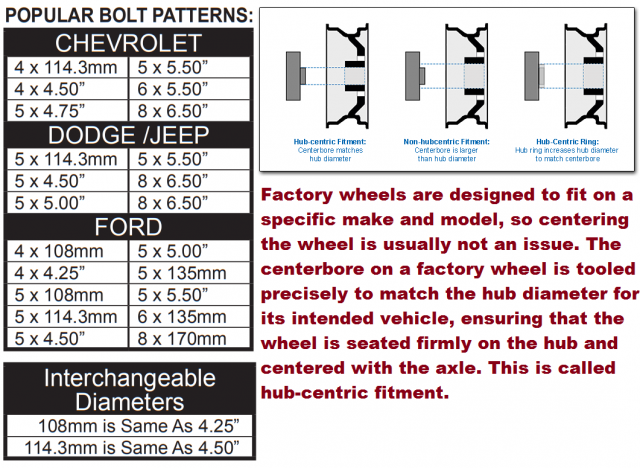
There is also the change in the Rim WIDTH and how the Tire rests - and then there is the issue of OFFSET the whole Wheel Assembly - when mounted - fits to and is a level of distance from, the Rim center to the outer edge.
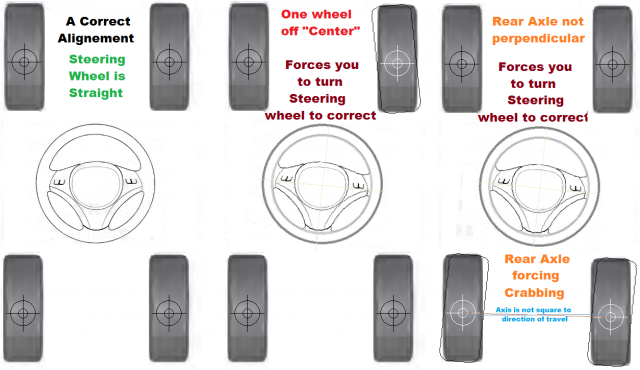
Along with...
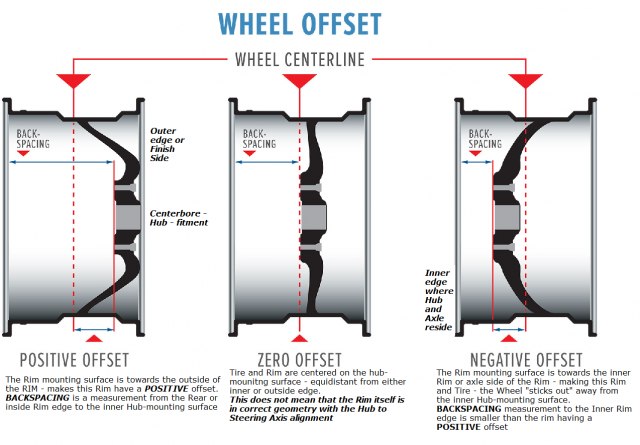
Wheel Offset is simply a measured distance from a Rim's centerline - to where the Flat surface is that you place on the Axle Hub when you put a tire on your vehicle.
Don't need to make it complex, that "offset" helps the Wheel (Tire et-al) contact surface to the Road - stay in a spot designed by the Maker. This "spot" is usually, Right where the Steering Axis (your tires point of rotation to turn or steer the car) is located, usually just below the Steering Knuckle.
What makes it complex is due to the Aftermarket - A Fiesta is originally designed to use a Rim of 15" or greater, in a "J" shape (Refers to how "sharp" the Spokes or Rim mounting surface shape or flat and square to the Rims edge)
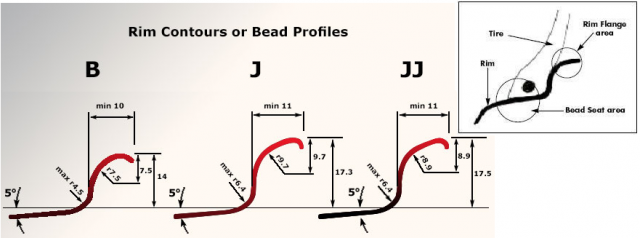
The "J" designation helps determine the type of seal that Tire Bead or Shoe rests on,
And how it rests on the seat to seal the bead.
This also helps explain the reasons why WIDE tires of larger "P" -Size values
when they are put on smaller profile - or narrower rims - cause problems.
Same can be said about
Smaller - P-value tires
- too narrow of a tire on a too wide of a rim, can not only cause a seal rupture
but a failure at an inopportune tine and cause a crash.
Since I live in an area that is both Salt and Pot-hole havens, the issue of having a tire too small could leave me stranded and possibly stuck with a very large bill in replacing the whole wheel and rim in repairs let alone the Alignment headaches caused by such damage from impacts.
So if you can spare (ahemn) a moment - also look at your spare tire - even refer to that placard showing the tire size of it.
See how they put in the Rim size? Locate that second placard the one with the GAWR - note the "J" and the size?
Then note the size used for the SPARE.
Best to find a tire size that has the same or similar measurements in both Rim diameter and width and Tire size in perimeters or Circumferences and or diameter between the sizes shown on that placard.
What I'm getting at here is to make sure you have a tire that is properly designed for the Rim width, and Bead Type (J or otherwise) - so you can drive safely on a tire that is seated properly and can handle the load rating the previous set of tires was rated for.
The Spare tire - is a limited service - and can also have a different diameter - making this a more difficult situation in which to change out the bad tire to put on the spare. IF the Diameter if the spare is too small, the height of the car, after the spare is installed, can change. This might make parts of the vehicle, the undercarriage, too close to the ground and can get damaged by it's low profile getting hit by road debris or striking uneven surfaces.
Easiest way is - measure your tires from side to side - right across the centerline of the hub to find the diameter - should be between 24.5 to 23 inches - this is your best size to give you your torques and speeds and proper speedometer measurement of speed you travel along.
IF you need help understanding this -
go here
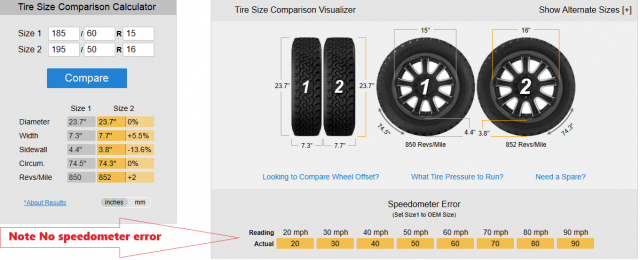
When tires of about the same size are used...
Note the Speedometer error - there is none.
Here's a visual example - the sizes are CURRENTLY being used in my own Fiesta - so this comparison only deals with sizes to make the tire about the same size in both perimeter and diameter - but road surface contact patch is different.
But...
When they are different sizes - like to obtain ride height
note the differences!
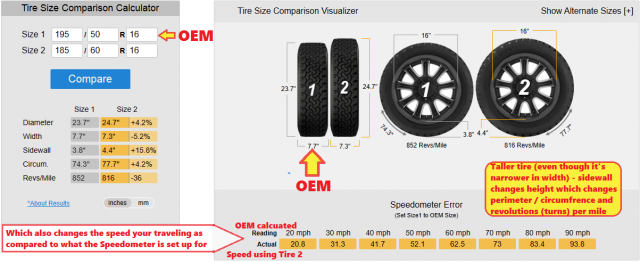
Tire 2 may be a NARROWER tire - but it's sidewall - being a 60 series,
changes the sidewall height and also the ride height. OEM is
Less Height and has a
Wider tread.
With me so far?
Let's try my SPARE TIRE size to get an idea of how drastic this can get...
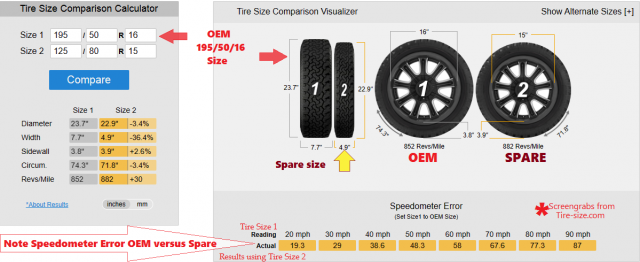
Tire 2 is is the SPARE TIRE size
- and so the comparison becomes how you think how fast you're
actually going
versus the systems own thinking on what speed you're at, using the OEM size.
this is done to help demonstrate a point.
If your tires are too small, you may have great torque, but no ability to cover any distance. People pass you even if you think you're doing 80MPH. A similar opposite effect can also occur using tires that are too large - while too large of a diameter of tire can make your car profile higher from the road to miss all the rocks and debris, it can also make your drive difficult to control by acting sluggish, hard to steer and not accelerate very well.
So keep the Tire size changes reasonable...
When you go up one tire size, you affect the width and diameter and height - which can then affect the GEOMETRY of the steering the car has and can exacerbate and amplify any alignment problems the vehicle has.
How?
By affecting the contact patch - the part of the tire that makes contact with the road and where all the pressures to move the car in any given direction, occur - the part of the tire that rolls on the road
Wrong tire sizes also affect how your vehicle calculates and what you perceive as speed. Tires of too much diameter/Perimeter - roll a longer distance per revolution - which might get you a speeding ticket due to the error in the system to measure speed of travel because your tires are covering too much distance in road per revolution than the system is set up to calculate. You may be speeding and not even know it.
If you Read this far...Wait There's More Good News!
(***Gasp***)
Remember the part about Load Ratings?
- This deals with Electric Vehicles(EV), Hybrids(EV-H) and the lowly Fossil-burner...
- Each upgrade onto the EV increases the weight of the vehicle to a point where now it weighs about 6,000lbs - or 3 TONS which does change the way the vehicles handle and the extra support they need to handle all that weight and forces.
- So the placard of your vehicle like the Fiesta is still less than 2 tons - but to LOAD RATING that you buy in new tires must also be upgraded to handle the newer weight factors these new technological marvels add into the calculation.
- In reality - they (tire makers) are boosting the LOAD ratings of their lines to offer the driver more options when it comes to driving their new heavier vehicle with a tire that can provide the performance they require without failures - or they improved the Mean Time Between Failures (MTBF) which may give you options of tires and warranties you didn't expect for your lighter vehicle.
- So what does that mean?
- It means the new tires you replace for your older ones will possibly be able to perform better and handle much more in performance due to extra beefy-ness they have to add to the tires to handle the newer heavier vehicle - so you benefit from the extra tread, thicker sidewalls and overall sronger (and heavier) tire with increased durability to handle far more than the OEM ones did just a few years ago.
Added for future project expansion
...Stay Tuned...
